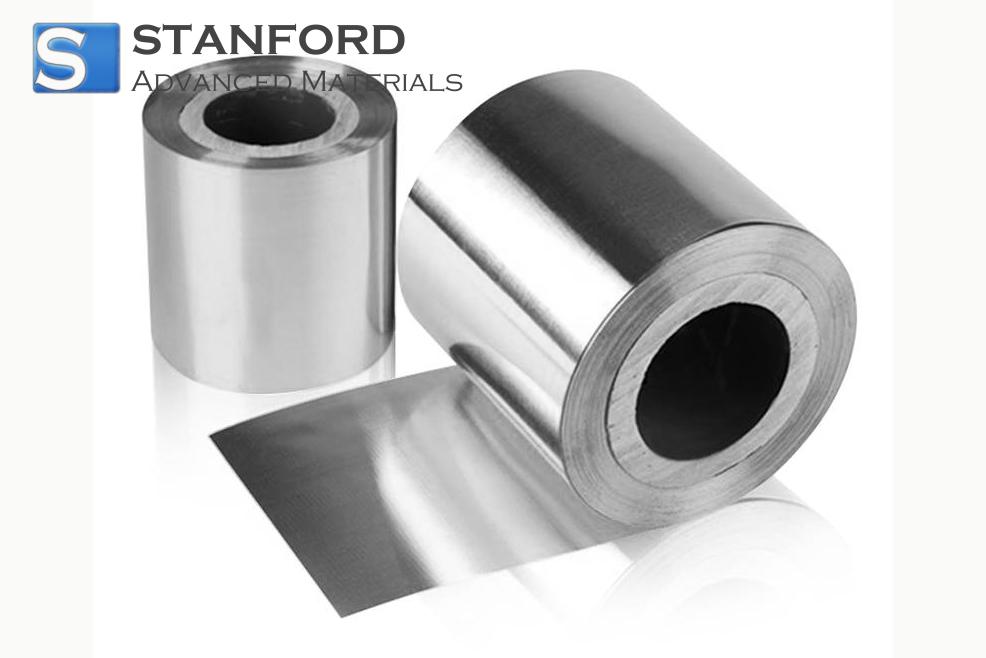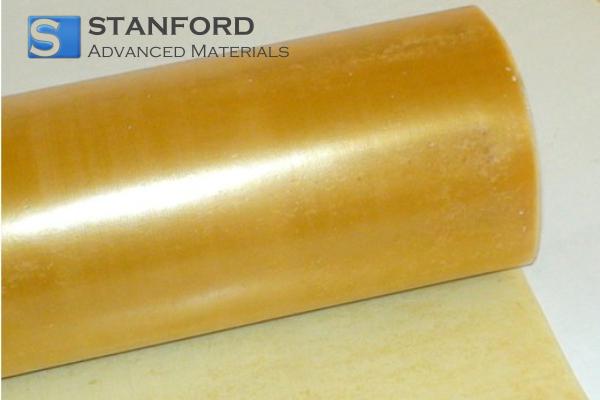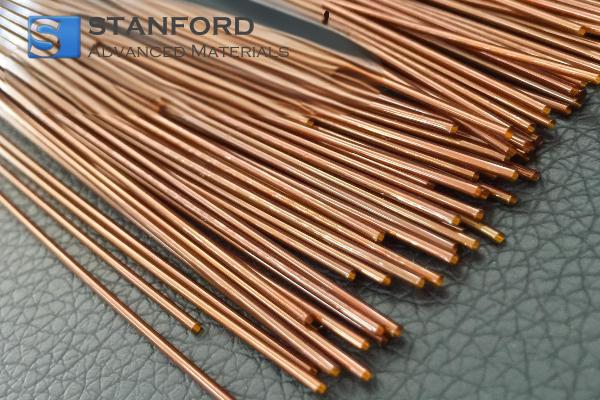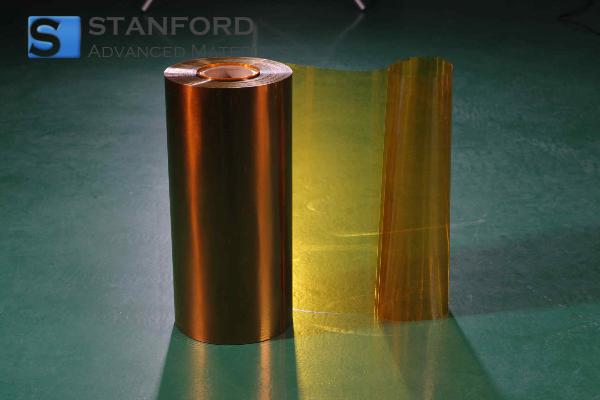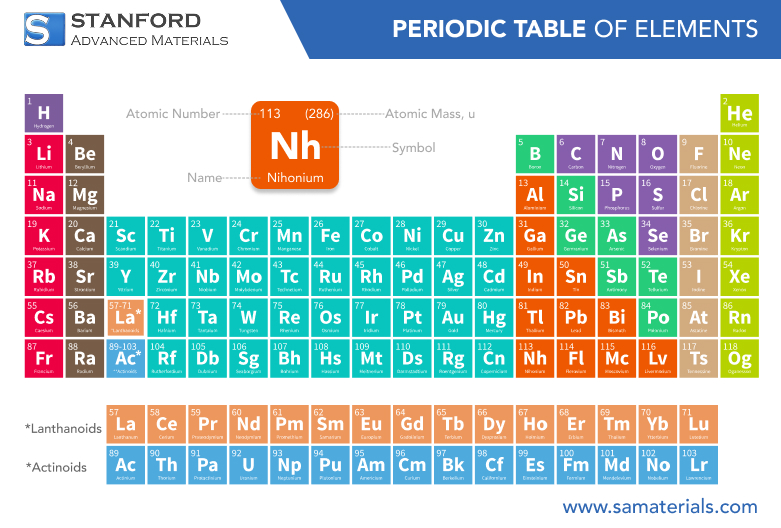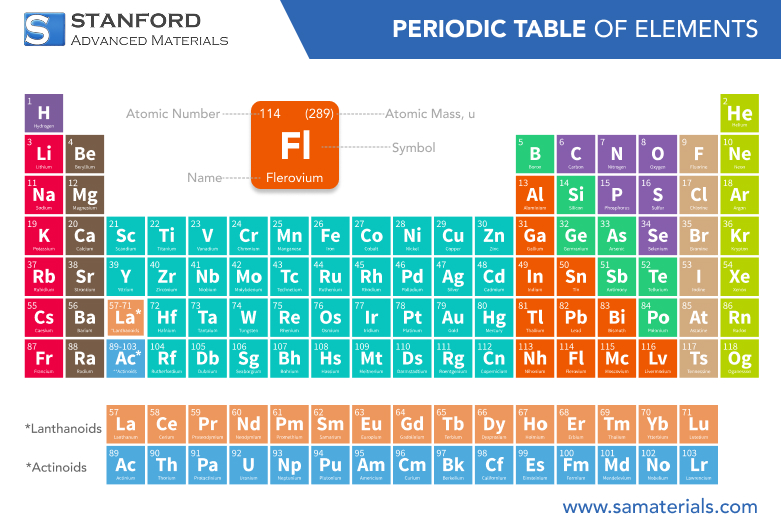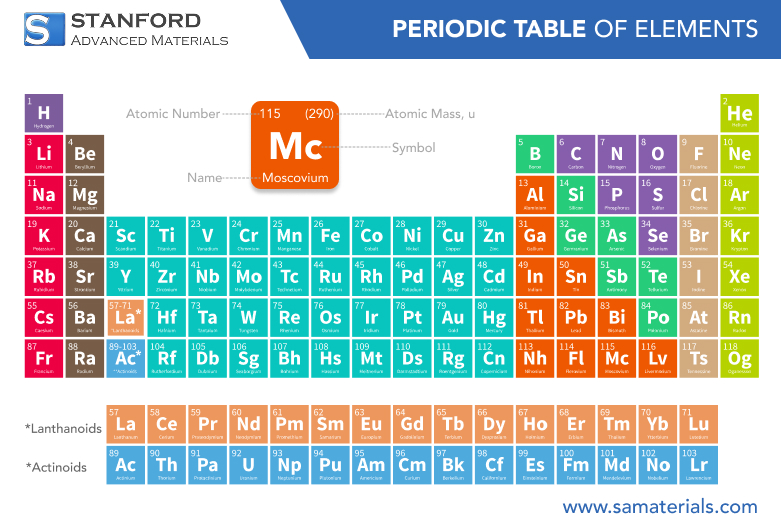Vanadium: Element Properties and Uses
Description
Vanadium is a chemical element with various applications, including in the production of high-strength materials and industrial processes. This blog highlights its properties and uses.
Introduction to the Element
Vanadium is a transition metal with the chemical symbol V and atomic number 23. It is typically found in nature in the form of ores like vanadinite and patronite. Vanadium is used in many industrial processes and is known for its strength and resistance to corrosion. It plays a significant role in steel production, particularly in making high-strength alloys.
Chemical Properties Description
Vanadium is a silvery-gray metal that is highly corrosion-resistant. It is typically stable in air but can form various oxides, such as V2O5, upon exposure to oxygen. This oxide is commonly used in the production of catalysts, pigments, and batteries. Vanadium also has several important chemical characteristics:
- Oxidation States: Vanadium exhibits multiple oxidation states ranging from +2 to +5, with +5 being the most stable.
- Reactivity: It reacts with halogens and acids but is relatively unreactive compared to other metals.
- Formation of Compounds: Vanadium readily forms compounds with other elements, particularly oxygen, sulfur, and chlorine, making it useful in different chemical processes.
Physical Properties Data Table
Here are some key physical properties of vanadium:
Property | Value |
Atomic Number | 23 |
Atomic Mass | 50.94 g/mol |
Density | 6.11 g/cm³ |
Melting Point | 1910 °C |
Boiling Point | 3380 °C |
Electrical Resistivity | 3.1 µΩ·m at 20 °C |
Color | Silvery-gray |
Hardness (Mohs scale) | 6.0 |
These physical properties highlight the metal’s high melting point, resistance to corrosion, and strong mechanical strength, making it ideal for industrial applications. For more information, please check Stanford Advanced Materials (SAM).
Common Uses
Vanadium has several critical applications across various industries:
- Alloy Production: Vanadium is used as an alloying element in steel to improve its strength and resistance to wear and fatigue.
- Battery Technology: Vanadium is key in the production of vanadium redox flow batteries, which are used for large-scale energy storage.
- Catalysis: Vanadium compounds, especially vanadium pentoxide, are used as catalysts in the production of sulfuric acid and in other chemical processes.
- Aerospace and Military: Due to its high strength-to-weight ratio, vanadium is used in aerospace materials and military equipment.
- Pigments: Vanadium compounds are also used in producing pigments for ceramics and glass.
Preparation Methods
Vanadium is typically extracted from its ores through processes like:
- Reduction of Vanadium Pentoxide: Vanadium pentoxide (V2O5) can be reduced using aluminum or calcium, producing vanadium metal.
- Electrolytic Reduction: Vanadium can also be obtained via electrolytic reduction of its salts, although this method is less common due to its high energy requirements.
- Smelting: In some cases, vanadium is extracted from the ore by smelting it with carbon in a high-temperature furnace.
Related Industrial Products
Several industrial products are made using vanadium, including:
- Vanadium Steels: High-performance steels for tools, construction, and aerospace applications.
- Vanadium Batteries: Used in renewable energy storage systems.
- Vanadium Oxides: Important in catalysis and the production of pigments.
- Vanadium Alloys: Used in creating durable and high-strength materials for various engineering applications.
Frequently Asked Questions
What is vanadium used for in industry?
Vanadium is primarily used in steel production to improve strength and corrosion resistance. It also plays a key role in energy storage through vanadium batteries and in catalysis.
How is vanadium extracted?
Vanadium is extracted from ores like vanadinite and patronite through processes like reduction with aluminum or calcium, electrolytic reduction, or smelting with carbon.
What are the main chemical properties of vanadium?
Vanadium has multiple oxidation states, with +5 being the most stable. It forms various compounds, including oxides and halides, and is relatively unreactive compared to other metals.
What is the melting point of vanadium?
Vanadium has a high melting point of 1910°C, making it useful in high-temperature applications such as aerospace materials.
What are the physical characteristics of vanadium?
Vanadium is a silvery-gray metal with high strength, excellent resistance to corrosion, and a relatively high density of 6.11 g/cm³. It also has a high boiling point of 3380°C.

